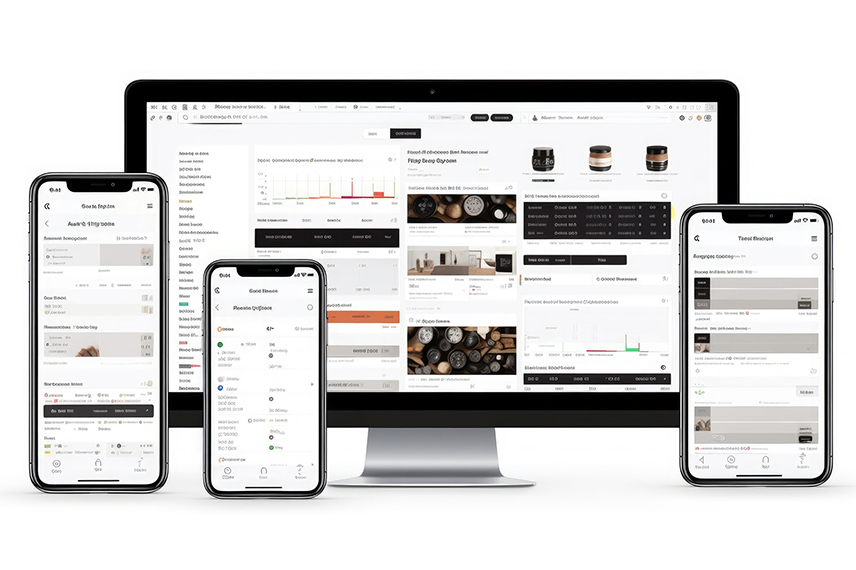
In the ever-evolving landscape of mobile applications, user experience (UX) has emerged as a critical factor in an app's success. A user-centric approach to design not only attracts and retains users but also fosters brand loyalty and positive word-of-mouth. In this blog, we'll explore the concept of user-centric design and provide insights into how it can be applied to create apps with exceptional user experiences.
Understanding User-Centric Design
User-centric design, often referred to as human-centered design, places the user at the core of the app development process. It involves understanding user needs, preferences, behaviors, and pain points to create an app that meets and exceeds their expectations. The ultimate goal is to provide a seamless and enjoyable user experience that keeps users engaged and satisfied.
Key Principles of User-Centric Design
User Research:
Start by conducting thorough user research. Understand your target audience, their demographics, goals, and challenges. This information will inform your design decisions.
Usability Testing:
Continuously test your app with real users to identify usability issues and gather feedback. Usability testing helps refine the user interface (UI) and overall user experience.
User Personas:
Create user personas, fictional representations of your target users, to guide design decisions. Personas help designers empathize with users' needs and preferences.
User Journey Mapping:
Map out the user's journey through your app. Identify pain points and areas where the user experience can be improved. This visual representation aids in design optimization.
Simplicity and Clarity:
Keep the app interface simple, intuitive, and clutter-free. Users should be able to navigate the app effortlessly and understand its functions without confusion.
Consistency
Maintain a consistent design throughout the app. Consistency in visual elements, navigation patterns, and interactions enhances user familiarity and reduces cognitive load.
Accessibility
Ensure that the app is accessible to all users, including those with disabilities. Adhering to accessibility guidelines enhances inclusivity and widens your app's user base.
Feedback and Iteration:
Encourage user feedback and use it to drive iterative design improvements. The app should evolve based on user insights and changing needs.
The Benefits of User-Centric Design
Enhanced User Satisfaction:
Apps that prioritize user needs result in higher user satisfaction levels, leading to increased app retention and positive reviews.
Reduced Abandonment Rates:
A user-friendly app reduces the likelihood of users abandoning it due to frustration or confusion.
Competitive Advantage:
User-centric design sets your app apart from competitors, positioning it as the preferred choice among users.
Lower Support Costs:
Fewer user issues and support requests mean lower operational costs for maintaining the app.
Brand Loyalty:
Exceptional user experiences foster brand loyalty, with satisfied users more likely to recommend your app to others.
Conclusion
User-centric design is not a one-time effort but an ongoing commitment to meeting user needs and improving their experiences. By placing users at the center of your app development process, you can create applications that stand out in today's competitive market and forge lasting connections with your audience. The result? Apps that not only meet user expectations but exceed them, leaving a positive and enduring impression.


